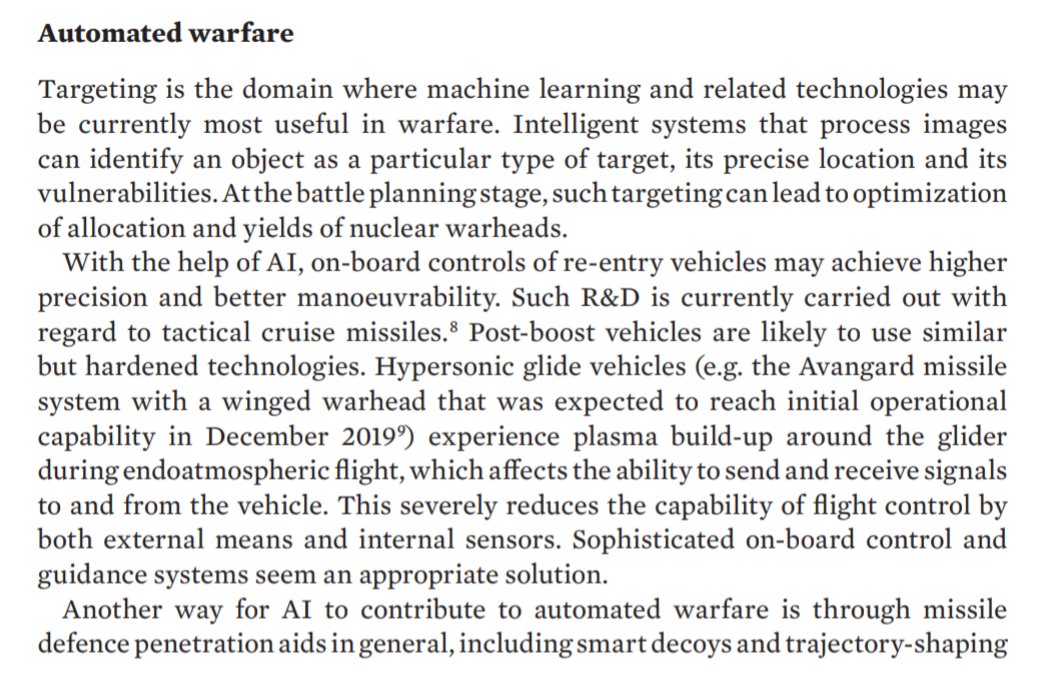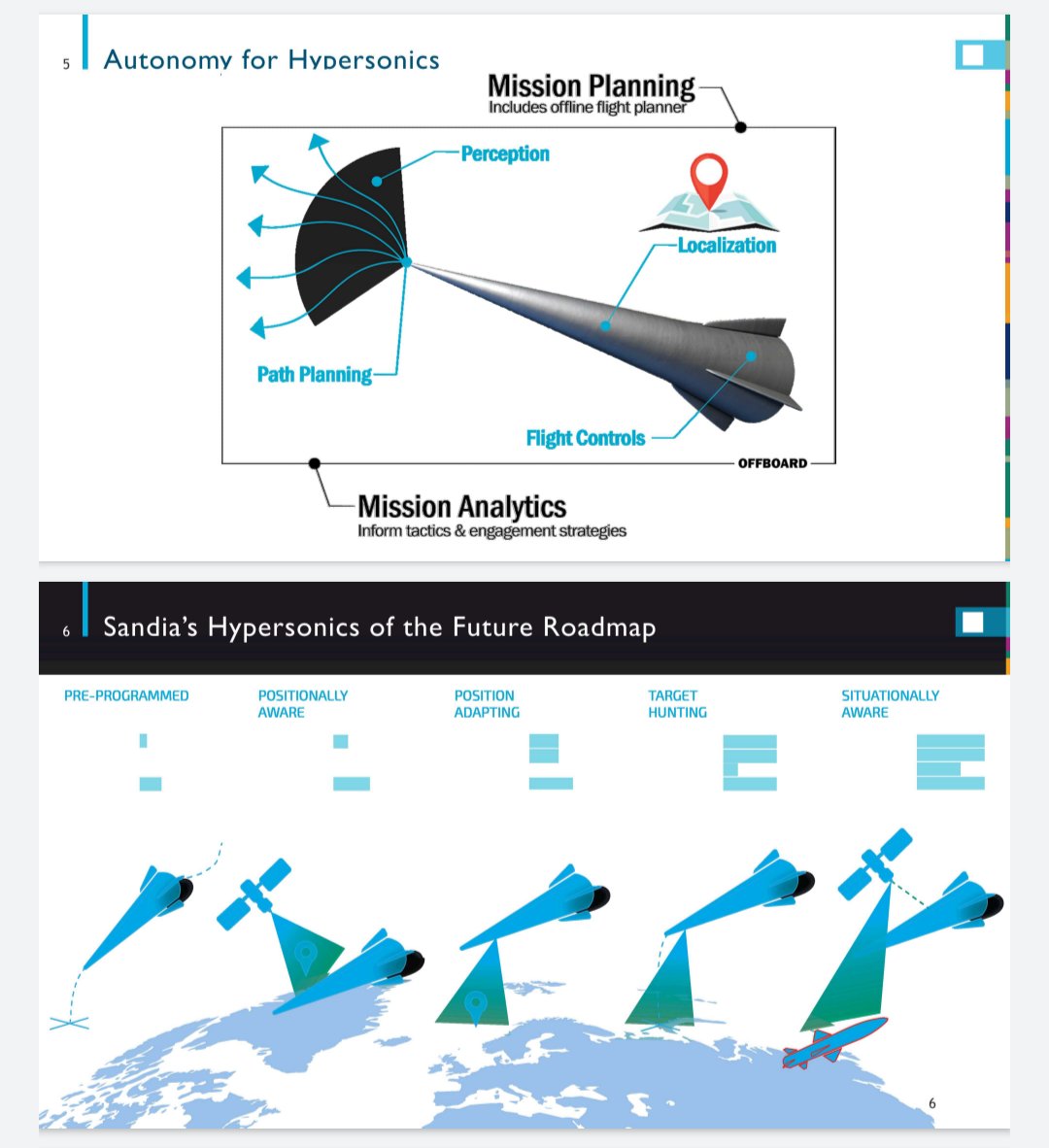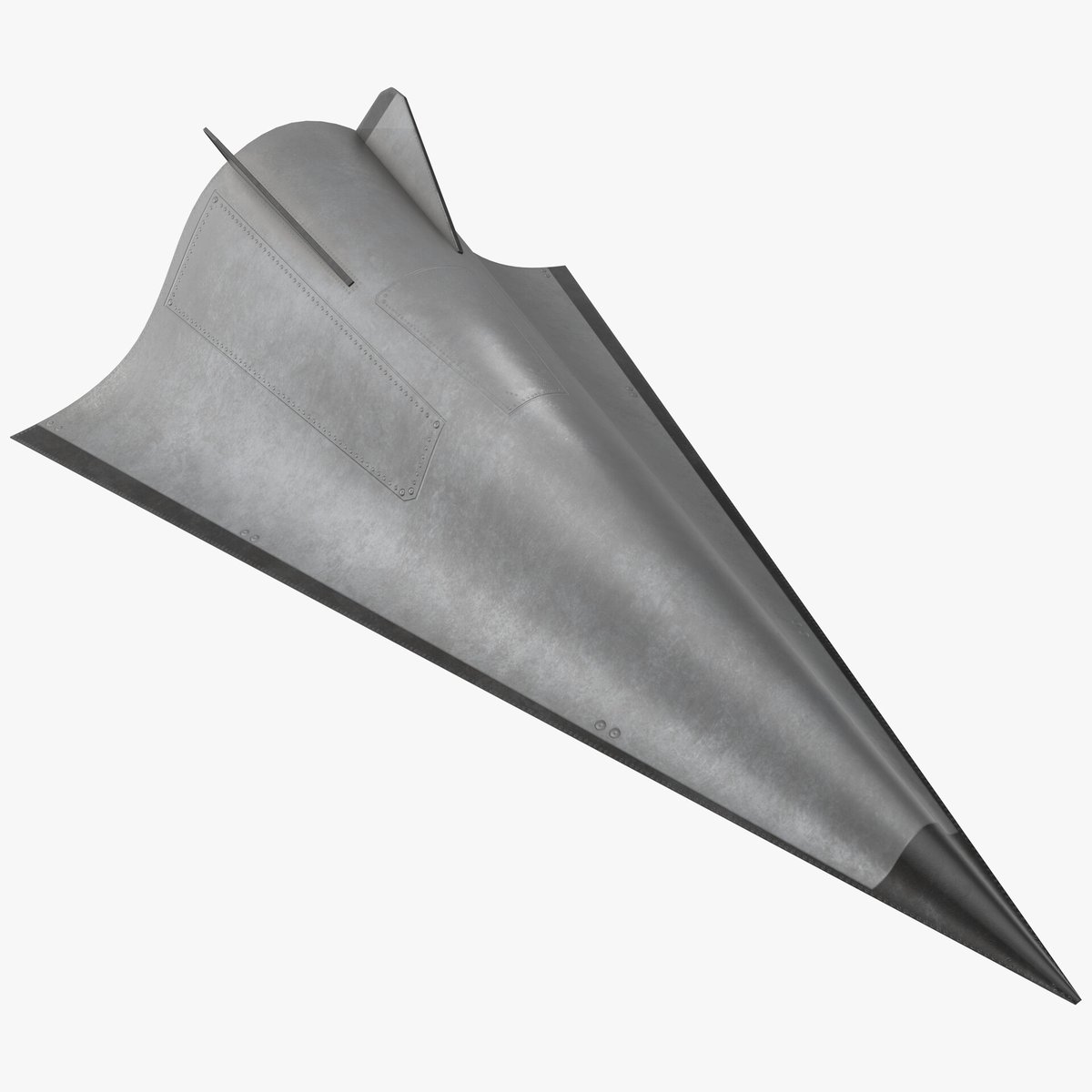On Kinzhals, Patriots, etc.
What can be intercepted with which means depends on quite a number of factors and their mutual effects: where the incoming missile is launched from, where its target is, where the "anti-missile" launcher is...
1/
What can be intercepted with which means depends on quite a number of factors and their mutual effects: where the incoming missile is launched from, where its target is, where the "anti-missile" launcher is...
1/
...and, perhaps most importantly, where the defending side's radars are (detecting, targeting, etc.).
How coordinated the "incoming" and "outgoing" salvos are also very important.
2/
How coordinated the "incoming" and "outgoing" salvos are also very important.
2/
On Kinzhal as a "real hypersonic weapon" I hoped everything was decided back in 2018: speed above 5 Mach, maneuvering inside the atmosphere, a significant "non-ballistic" part of the trajectory - bingo, this is it. That said...
3/
3/
...hypersonic does not equal invulnerability, but should, in general, increase the probability of overcoming air/missile defences and reduce the required salvo per target. The emphasis on air/missile defence penetration or accuracy for is highlighted based on political needs.
4/
4/
What's also interesting is that "hypersonics" are believed to lose more velocity on a conventional trajectory than a classic ballistic missile, plus terminal guidance might require slowing down, so the velocity drops even more.
5/
5/
Accordingly, this very terminal phase is where it is most vulnerable, especially if you know exactly where it's coming from. If it flies directly into a missile defense battery, theoretically the intercept could be more successful. That said, if it does a classic "gorka"...
6/
6/
...and arrives steeply, in a notional scenario the attacker's chances increase, but in reality there should be layered air and missile defenses to cover each other.
7/
7/
It is a questionable idea to hit an area soft target with a single unitary penetrator, as CNN tries to convince us - but we are already used to not being surprised by anything. Claiming mass intercepts of everything while there are videos of explosions is also strange.
8/
8/
And, yes, don't forget that any sophisticated technology, and missiles certainly are, is prone to failure. In short, the fog of war hasn't really dissipated much.
Think with your heads.
#hyperhype
9/
Think with your heads.
#hyperhype
9/
P.S. About Storm Shadow/SCALP-EG - first confused by the lack of intercepts, now confused by the overclaims. (not really)
There is little doubt that the flight missions in these rather advanced cruise missiles are being prepared, shall we say, not at the local level...
10/
There is little doubt that the flight missions in these rather advanced cruise missiles are being prepared, shall we say, not at the local level...
10/
...and those are operated according to, well, military science. At the same time RU Air Defence Forces were being prepared for exactly this kind of threat. All in all, we are learning in a real way.
In a bloody way.
11/11
In a bloody way.
11/11
• • •
Missing some Tweet in this thread? You can try to
force a refresh

 Read on Twitter
Read on Twitter




















